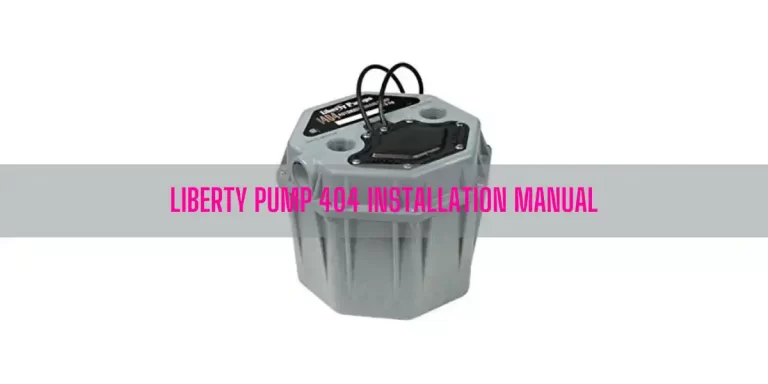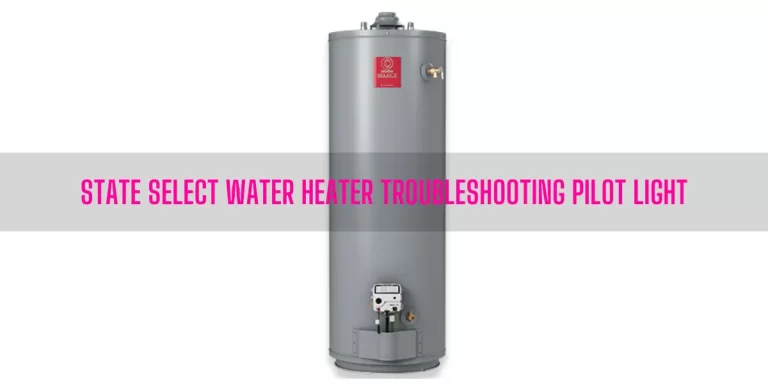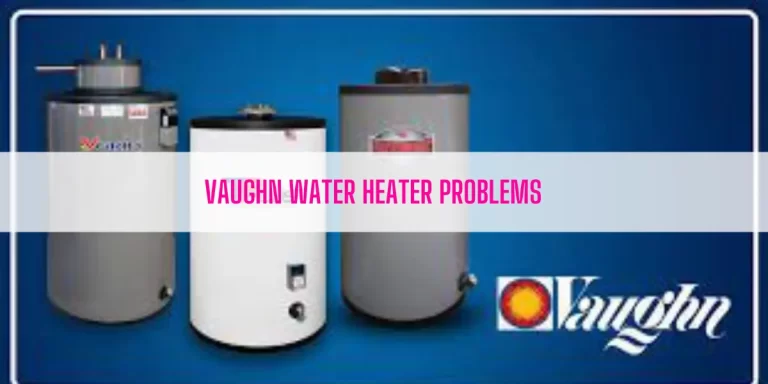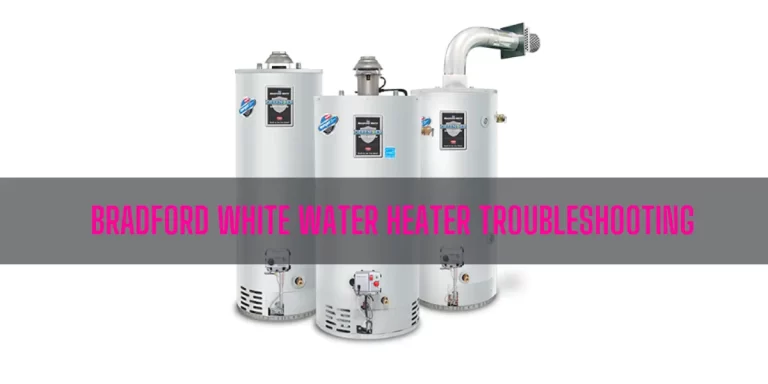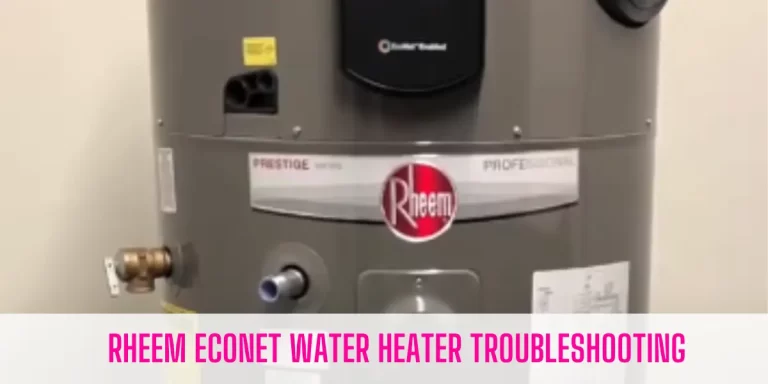This complete guide on Rheem Electric Water Heater Not Heating will reveal 9 common reasons that cause the unit to not heat. To learn about those culprits, keep scrolling and discover the solutions.
Table of Contents
- Rheem Electric Water Heater Not Heating [9 Easy Solutions]
- 1. A Fuse Gets Blown Out or The Circuit Breaker Gets Tripped
- 2. Electric Supply To The Unit Is Off
- 3. Set the Thermostat Too Low
- 4. One Of the Heating Elements Get Corroded
- 5. Water Usage May Have Exceeded The Capacity Of the Unit
- 6. Hot Water Faucets Are Open or Leaking
- 7. Improper Wiring
- 8. Manual Reset Limit
- 9. Cold water inlet temperature may be colder during winter months
- End-Note
Rheem Electric Water Heater Not Heating [9 Easy Solutions]
Rheem Electric Water Heater won’t heat the water because of one of the following reasons:
- A blown out fuse or the circuit breaker gets tripped
- Electric supply to the unit go off
- Set the thermostat too low
- One of the heating element gets corroded
- Water usage may have exceeded the capacity of the water heater
- Hot water faucets are open or leaking
- Improper wiring
- Manual reset limit
- Cold water inlet temperature may be colder during winter months
Below, I will explain each of the culprits and show you the way of troubleshooting those problems.
Let’s go…
1. A Fuse Gets Blown Out or The Circuit Breaker Gets Tripped
No electricity will pass through the unit if the fuse of the water heater gets blown out or the circuit breaker for the unit gets tripped. And when no electric power goes to the unit, how can it heat the heater?
How To Fix:
To begin with, go to the circuit panel of your home and inspect it to ensure whether the breaker for the unit is in the On position or off. If it gets tripped, just flip the circuit breaker for the water heater to Up position.
Next, check the fuse and ensure it doesn’t get blown out. If yes, replace it with a new one that comes with enough amps to power up the water heater. I recommend you to call a certified electrician to have the unit checked professionally if you are not electrically inclined.
2. Electric Supply To The Unit Is Off
If the unit receives no electric power, you can’t turn on the unit. And without turning on the water heater, how can you expect the unit to heat water? No electric supply will pass through the unit if you don’t plug the power cord into the outlet or you disconnect the unit from the power source.
How To Fix:
First off, ensure you plug the unit into a dedicated, properly grounded electric outlet. Also, verify the outlet is in good condition. You can easily test the electric outlet by plugging another device like your smartphone’s charger.
Don’t hesitate to call a certified electrician if the electric outlet is at fault.
Apart from this, if you use a switch to power on your water heater, verify it’s in the On position. If not, turn on the switch to activate your water heater.
3. Set the Thermostat Too Low
Your water heater won’t heat the water according to your expectation or as intended if you set the thermostat too low. To get enough hot water out of the unit, you must adjust the thermostat. The ‘How To Section’ below will help you learn how to adjust the thermostat correctly.
How To Fix:
Follow the below instructions step-by-step to adjust the thermostat correctly:
- Turn the power off to the unit first
- Take jacket access cover off and remove the insulation to expose the thermostats.
- Now, use a small screwdriver to set the thermostat dial pointers to your desired temperature setting.
- After adjusting the thermostat, replace the insulation and the jacket access panel back into their places and turn on the power to the unit.
4. One Of the Heating Elements Get Corroded
Heating element is one of the key components of the unit that heats the water using electricity. If the heating element gets rusted over time, it couldn’t heat the water. To fix this issue, you must clean the heating element or replace it.
How To Fix:
Either you are going to clean the heating element or replace it, the following instructions must be maintained:
- Turn the power off to the unit before starting the workflow.
- Remove both the jacket panel and insulation.
- Rotate the crossbar up and down until it breaks away from the reminder of the cavity insert. Then, discard the cavity insert.
- Now, it’s time to clean or replace the heating element. Regarding this, use a socket wrench to loosen the heating element and pull it out completely. Clean the heating element using a solution of vinegar & water and a scouring pad. If it begins to corrode, replace it with a new one.
- Once you clean or replace the heating element, insert it into the water heater and tighten up.
- After that, insert the crossbar, replace the insulation, and the jacket access panel.
- Lastly, turn on the power to your water heater.
5. Water Usage May Have Exceeded The Capacity Of the Unit
When you use too much hot water than the unit can deliver, the water heater heater will reach into a position where it fails to heat the water.
It’s completely normal. In other words, you don’t need to do anything regarding this. What you need to do is- wait for the water heater to recover after an abnormal demand.
6. Hot Water Faucets Are Open or Leaking
If the hot water faucets of your home are open or leaking water, you will get no hot water from the unit.
How To Fix:
Inspect every hot water faucet and ensure each of them is closed or leaking no water. If not, close the hot water faucets or repair them so that no water can leak. Call a certified plumber if required.
7. Improper Wiring
Wiring the water heater improperly is another culprit that prevents the unit from heating water.
I highly recommend you to contact a certified electrician to inspect the wiring of the water heater. Don’t try to wire the water heater by seeing the wiring diagram unless you are electrically inclined.
8. Manual Reset Limit
This water heater features a combination thermostat and temperature limiting control called ECO. You can find this on the upper heating element in contact with the tank surface.
The ECO will break the power circuit to the heating element if the water temperature becomes excessively high for some reason.
To resolve this issue, you must reset the ECO manually. Below, I will walk you through the step-by-step process of resetting the ECO.
How To Fix:
Resetting the ECO is simple. What you need to do is:
- Turn the power off to the unit
- Unscrew the upper jacket access panel using a screwdriver, remove the access panel, and take off the insulation to expose the ECO or red reset button.
- Press the red reset button, which will reset the unit correctly.
- Replace the insulation and the access panel before turning the power on to the unit.
9. Cold water inlet temperature may be colder during winter months
This is pretty normal in winter months. The water heater takes a long time to heat the colder inlet waters. If you want the unit to heat the water quickly, don’t forget to install a recirculation pump. In this regard, this guide on Instant Hot Water With A Standard Water Heater might be helpful for you.
End-Note
It’s frustrating if your Rheem Water Heater doesn’t heat the water. Fortunately, this guide on Rheem Electric Water Heater Not Heating brings an end to that frustration.
Throughout this article, I revealed all the possible reasons that prevent the unit from heating. Plus, I mentioned the troubleshooting steps to resolve a specific issue.
What you need to do now is- follow the instructions I mentioned and fix the water heater issue.
Or, you can call a plumber if the problem seems a bit complex in your case.
Good Luck!
Read Also:
- Rheem Electric Water Heater Troubleshooting
- Rheem Tankless Water Heater Troubleshooting Manual
- Rheem Power Vent Water Heater Troubleshooting

Eric Alvarez is the head of content on LilDutchUncle.Com. He is an HVAC guy based in El Paso, Texas, United States. He obtained his Bachelor of Science degree from the University Of Texas at El Paso. Years of experience in the HVAC field have taught him many lessons, not the least of which is that the value of quality and knowledge far exceeds any promised initial savings. He has a good standing reputation for superior skills in heating, air conditioning, hot water tanks, and indoor air quality systems.
